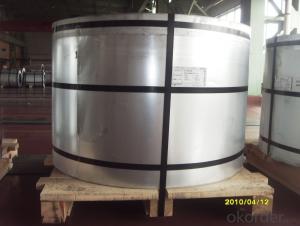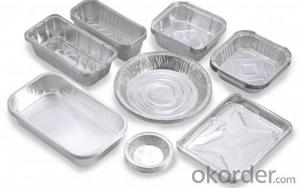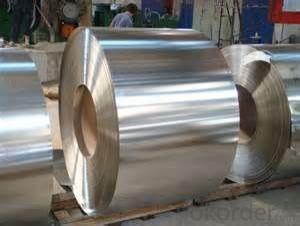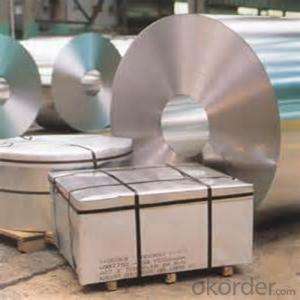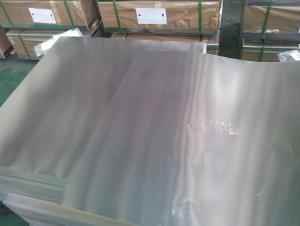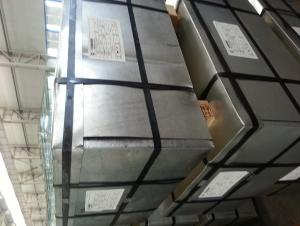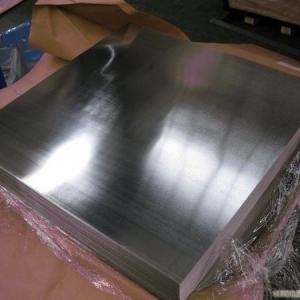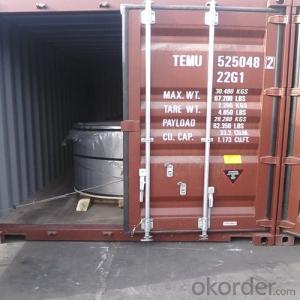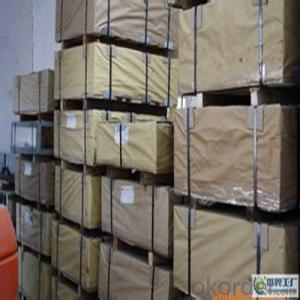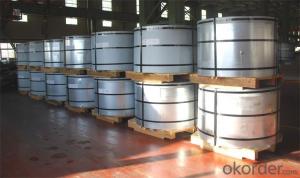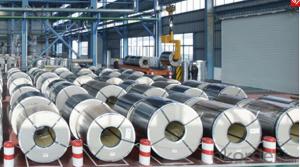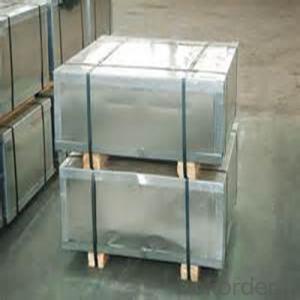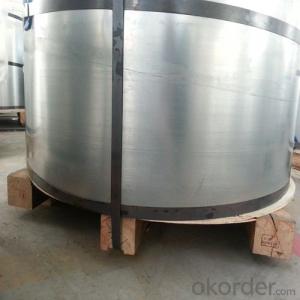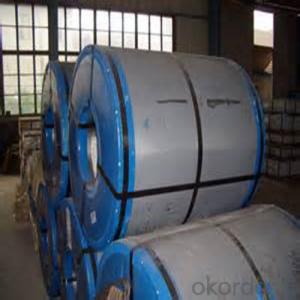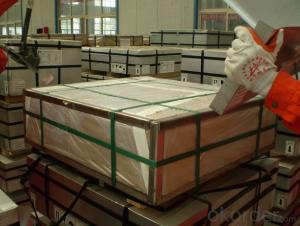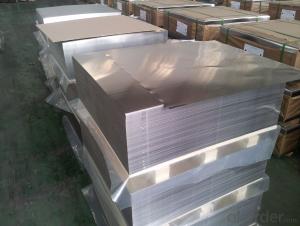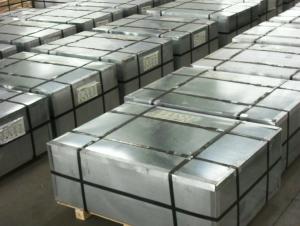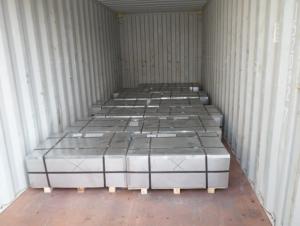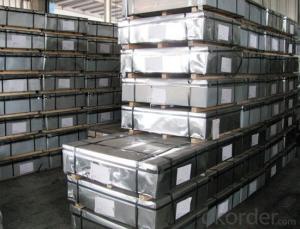Tinplate Containers
Tinplate Containers Related Searches
Best Glue For Aluminum Foil Aluminum Foil For Ceiling Aluminum Foil For The Grill Aluminum Foil For Air Fryer Aluminum Foil For Roof Aluminum Foil For Grow Room Gold Aluminum Foil For Food Max Temp For Aluminum Foil Holder For Aluminum Foil Aluminum Foil For Joint PainHot Searches
Price Of Shipping Containers For Sale Large Metal Containers For Sale Insulated Cargo Containers For Sale Mth Tinplate For Sale Tinplate For Sale Railroad Shipping Containers For Sale Old Containers For Sale Lorry Containers For Sale Conex Containers For Sale Sealand Containers For Sale Tinplate China Tinplate Price Trend Tinplate Nse Share Price Tinplate Price Chart Tinplate Share Price Nse Tata Tinplate Share Price Tinplate Share Price Today Tinplate Share Price Bse Tinplate Price Tinplate Share PriceTinplate Containers Supplier & Manufacturer from China
Okorder.com is a professional Tinplate Containers supplier & manufacturer, offers integrated one-stop services including real-time quoting and online cargo tracking. We are funded by CNBM Group, a Fortune 500 enterprise and the largest Tinplate Containers firm in China.Hot Products
FAQ
- Tinplate offers numerous benefits for paint cans, including its excellent durability, resistance to corrosion, and ability to maintain product quality by providing a protective barrier. Additionally, tinplate is recyclable, making it a sustainable choice for packaging.
- The common closure options for tinplate containers include screw-on lids, snap-on lids, press-on lids, and hinged lids.
- The main uses of tinplate include packaging food and beverages, manufacturing cans for aerosol products, creating decorative tin containers, and producing electrical equipment enclosures.
- Soup with tin cans loaded also need high temperature sterilization?
- If you are a start-up factory, you need to save money, you can choose a small sterilization pot, covering an area of small, heat source is also very good solution.
- The main factors affecting tinplate market growth include the demand for packaged food and beverages, expanding industrial applications, economic growth and urbanization, government regulations and policies, technological advancements, and changes in consumer preferences and behavior.
- The main safety regulations for tinplate production and use include ensuring proper handling and storage of tinplate materials, conducting regular maintenance and inspections of equipment to prevent accidents, implementing proper ventilation systems to control fumes and dust, providing personal protective equipment (PPE) to workers, and following established protocols for waste disposal to minimize environmental hazards. Additionally, tinplate manufacturers and users must comply with occupational health and safety standards, such as providing training programs for employees, promoting safe work practices, and adhering to local and international regulations governing the production and use of tinplate products.
- Tinplate contributes to the overall aesthetics of packaging by providing a sleek and shiny appearance. Its smooth surface allows for vibrant and high-quality printing, enhancing the visual appeal of the packaging. Additionally, tinplate's durability and ability to maintain its shape and color over time add to the overall attractiveness of the packaging, making it eye-catching and desirable to consumers.
- The main growth drivers for the tinplate industry include increasing demand from the packaging sector, particularly for food and beverages, as tinplate offers excellent preservation properties. Additionally, the growing popularity of eco-friendly packaging solutions and the rise in disposable income in emerging economies are contributing to the industry's expansion. Furthermore, advancements in manufacturing technologies and the development of innovative tinplate products are driving the growth of the industry.
